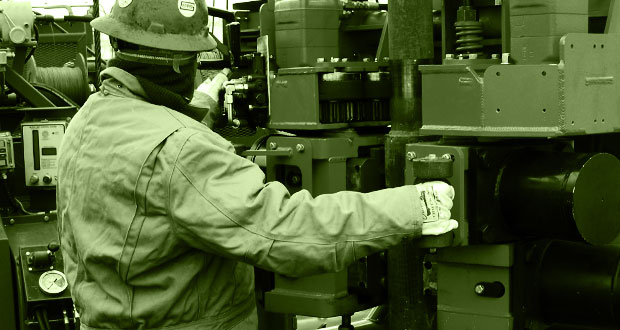mfunnell
Shaken, so blurred
(*) except Pentax
Back in the day, as it were, the form-factor of 'serious' cameras seemed a kind of form-follows-function thing. 'Box' cameras, view cameras, folding cameras, press cameras, TLRs, 35mm RFs etc. and - eventually, and particularly, the 35mm SLR - the type of camera that "everyone" (to a 1st approximation) thought of, for many decades, when they thought of "a serious camera".
(Sure MF SLRs showed more variation, but they weren't what "everyone" thought of.)
The RF looked the way it did, mostly, to provide the baseline for the RF mechanism, the 'look' of the TLR was rather determined by the two lenses (and focusing screen). Etc. The 35mm SLR 'look', of course, was mostly that way because of the mirror box, focusing screen etc. Cameras mostly "looked like that" because they mostly had to.
Form following function.
But now in this "new age" of mirrorless cameras? Really? Why do so many of them look 'just like' or 'very like' good old-fashioned 35mm SLRs? I mean: no mirror (duh), no mirror-box, no focusing screen etc. etc. And yet, so many of them look very like the 35mm SLRs of yore. Think: Canon R-series; Nikon Z-series; most Fujifilm X-series (the ones that aren't explicitly trying for "the RF look") etc.
Is this simply a marketing thing? That is, a marketing directive to "Make it look like 'the everyman' idea of 'a serious camera'?"
Or is there still a 'form follows function' thing operating? They do need somewhere in the camera to put all the 'stuff' for eye-level finder EVF screens etcetera, after all.
Or is this just a straight-up lack of imagination?
I really don't know. But I'm kind of inclined to go for the last: the 'styling' of even the most up-to-the-minute cameras seems quite consciously modelled on the cameras of yore, from times now seen as long past. I mean: if we're going to have totally new cameras, based on totally new technology, wouldn't "form-follows-function" lead to something, well, totally new? It has before. Why not now?
Or maybe not. I sure don't know! 🤷♂️ 😂
(I guess I'm just trying to distract myself.)
...Mike
P.S. I’ll concede that the cameras most people use - phones - are rather different. But even though I use ‘em, I don’t rate ‘em as “serious cameras”. But maybe I’m wrong to do that 🤷♂️
Back in the day, as it were, the form-factor of 'serious' cameras seemed a kind of form-follows-function thing. 'Box' cameras, view cameras, folding cameras, press cameras, TLRs, 35mm RFs etc. and - eventually, and particularly, the 35mm SLR - the type of camera that "everyone" (to a 1st approximation) thought of, for many decades, when they thought of "a serious camera".
(Sure MF SLRs showed more variation, but they weren't what "everyone" thought of.)
The RF looked the way it did, mostly, to provide the baseline for the RF mechanism, the 'look' of the TLR was rather determined by the two lenses (and focusing screen). Etc. The 35mm SLR 'look', of course, was mostly that way because of the mirror box, focusing screen etc. Cameras mostly "looked like that" because they mostly had to.
Form following function.
But now in this "new age" of mirrorless cameras? Really? Why do so many of them look 'just like' or 'very like' good old-fashioned 35mm SLRs? I mean: no mirror (duh), no mirror-box, no focusing screen etc. etc. And yet, so many of them look very like the 35mm SLRs of yore. Think: Canon R-series; Nikon Z-series; most Fujifilm X-series (the ones that aren't explicitly trying for "the RF look") etc.
Is this simply a marketing thing? That is, a marketing directive to "Make it look like 'the everyman' idea of 'a serious camera'?"
Or is there still a 'form follows function' thing operating? They do need somewhere in the camera to put all the 'stuff' for eye-level finder EVF screens etcetera, after all.
Or is this just a straight-up lack of imagination?
I really don't know. But I'm kind of inclined to go for the last: the 'styling' of even the most up-to-the-minute cameras seems quite consciously modelled on the cameras of yore, from times now seen as long past. I mean: if we're going to have totally new cameras, based on totally new technology, wouldn't "form-follows-function" lead to something, well, totally new? It has before. Why not now?
Or maybe not. I sure don't know! 🤷♂️ 😂
(I guess I'm just trying to distract myself.)
...Mike
P.S. I’ll concede that the cameras most people use - phones - are rather different. But even though I use ‘em, I don’t rate ‘em as “serious cameras”. But maybe I’m wrong to do that 🤷♂️
Last edited:




